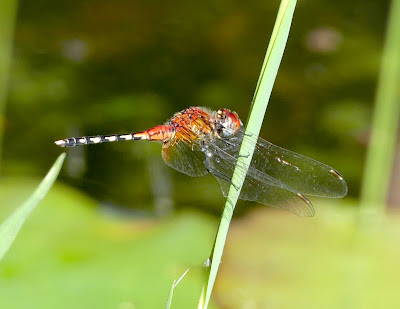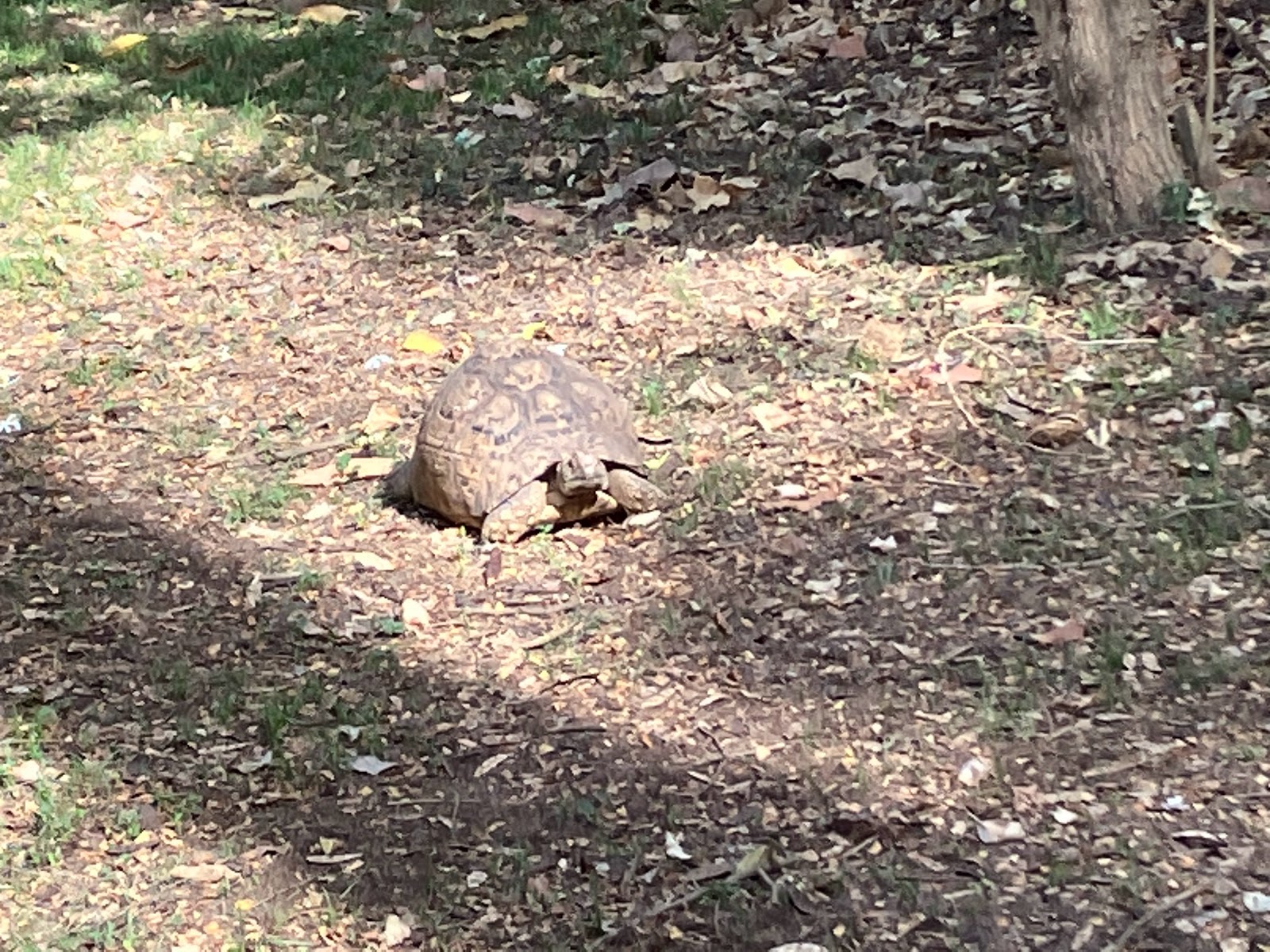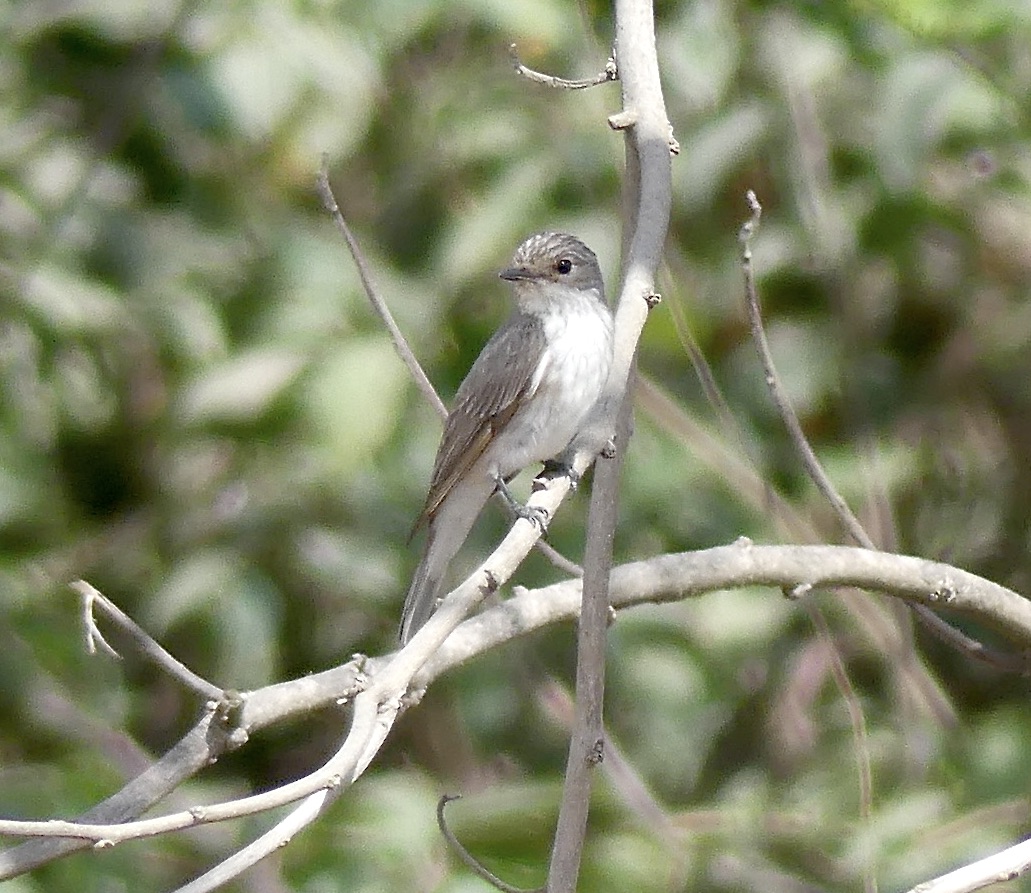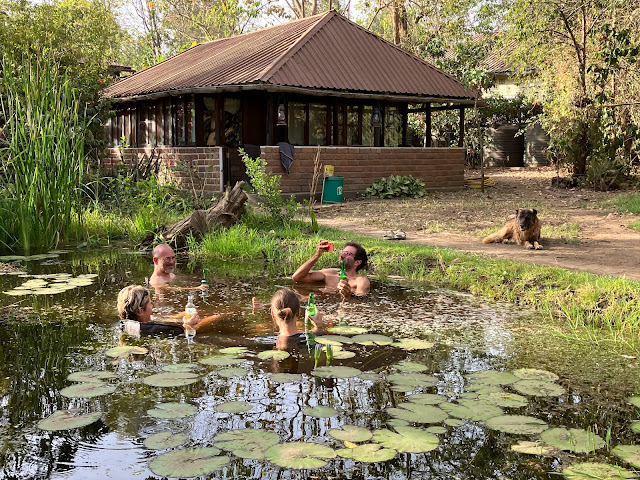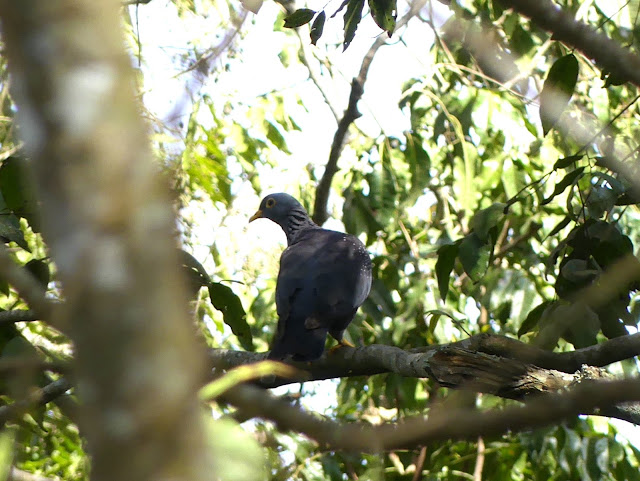Over the last week we have had some excellent rain. Every day lately has brought promising signs with storm clouds and rolling thunder but rain has seldom followed. On Thursday it finally arrived and bucketed down for 10 minutes with following drizzle. We awoke Christmas morning to heavy rain which persisted for several hours. Then on Boxing Day we had the heaviest and most prolonged downpour to date. What this all means given that we are coming to the end of the short wet season I don’t know. If you were a poor farmer would you risk sowing precious seed now? Everybody here who depends on the seasons says they are less reliable than years past. So in theory they should write-off this short wet season and wait until March when the long rains should start. In practice however there will be some who will take a punt on the rain continuing for the next couple of months and try to grow some food. Only time will tell.
The rain has stimulated a large eruption of winged termites.
We have had our third Christmas in Arusha. We went to dinner on Christmas Eve with Jenny’s work colleagues and other friends. We were two Australians, an American, an Italian/Afrikaans Tanzanian, an Indian Tanzanian, a Chinese, two Costa Ricans, two Brazilians and three African Tanzanians. Our host was Dutch married to an Indian Tanzanian and heir daughter (Dutch/Indian Tanzanian). Our occupations included Catholic priest, pilots, big game hunter, nurse, doctor, teacher, agricultural scientist, tree grower (for carbon offsetting) and safari company owner. So the conversations covered many subjects.
Jenny and I went to Rivertrees Country Inn in Usa River for their famous Christmas buffet lunch. We have had Christmas lunch there twice previously now - once with a group of friends and once just us. This time it was just us again. I had booked in for 12:30 but the buffet didn’t start until 2 pm so we had a fair bit of down time and were well hungry by the time they were ready for us. Fortunately the weather was kind after the morning rain and we wandered the amazing grounds for a while with a rainforest stream and some huge ancient forest trees. The buffet was excellent as usual and we were not looking for dinner later.
 |
| This is a cool idea for a home for many species of small bees. |
 |
| The walk along the stream through the grounds of Rivertrees Country Inn. After all the rain on Christmas Day and Boxing Day, Mount Meru appeared late afternoon with another heavy cover of snow. |
There have been some exciting birds in the garden of late. The first was an immature African Harrier-Hawk (or Gymnogene) which hung around for a couple of days. This species is famous for having highly flexible tibiotarsal joints and using it’s long legs to probe into tree hollows and rock crevices for reptiles and bird chicks.
 |
| African Harrier-Hawk |
Next, Jenny was in the kitchen one afternoon and called me to look at this little falcon that had perched close. I managed to get several photos before it disappeared and tentatively identified it as an Ovambo Sparrowhawk - a new species for me. The identification was confirmed by the experts on the Birding Tanzania Facebook page. Not a common bird and this one was also an immature.
 |
| Ovambo Sparrowhawk |
The third highlight was a small heron reported by one of our compound neighbours, Judith who lives in the guesthouse adjacent to the new from pond. I assumed it was a Striated Heron which is fairly common in wooded lakes and streams in the district. I managed to get some nice photos and realised it was the far less common and rarely reported Dwarf Bittern - also an immature bird. Presumably these immatures are all on the move during the prolonged dry conditions we have been experiencing.
 |
| Dwarf Bittern |
Finally today, at the height of the afternoon rain, a raptor flew into a garden tree and then out again before I could get a photo. It was a Black Sparrowhawk. This species had been reported by the previous owner, Paul Oliver, but it was my first record for the garden.
The frog pond is attracting some cool Dragonflies at the moment. I will endeavour to identify these two:
Jenny is back at work this week although the school is closed. Plenty to do without the students and teachers apparently. We will fit in a day in Arusha National Park in a week or so before heading to Kenya on the 7th January for a short safari.
Happy New Year to all our family and friends back in Australia or wherever you might be reading this from.




